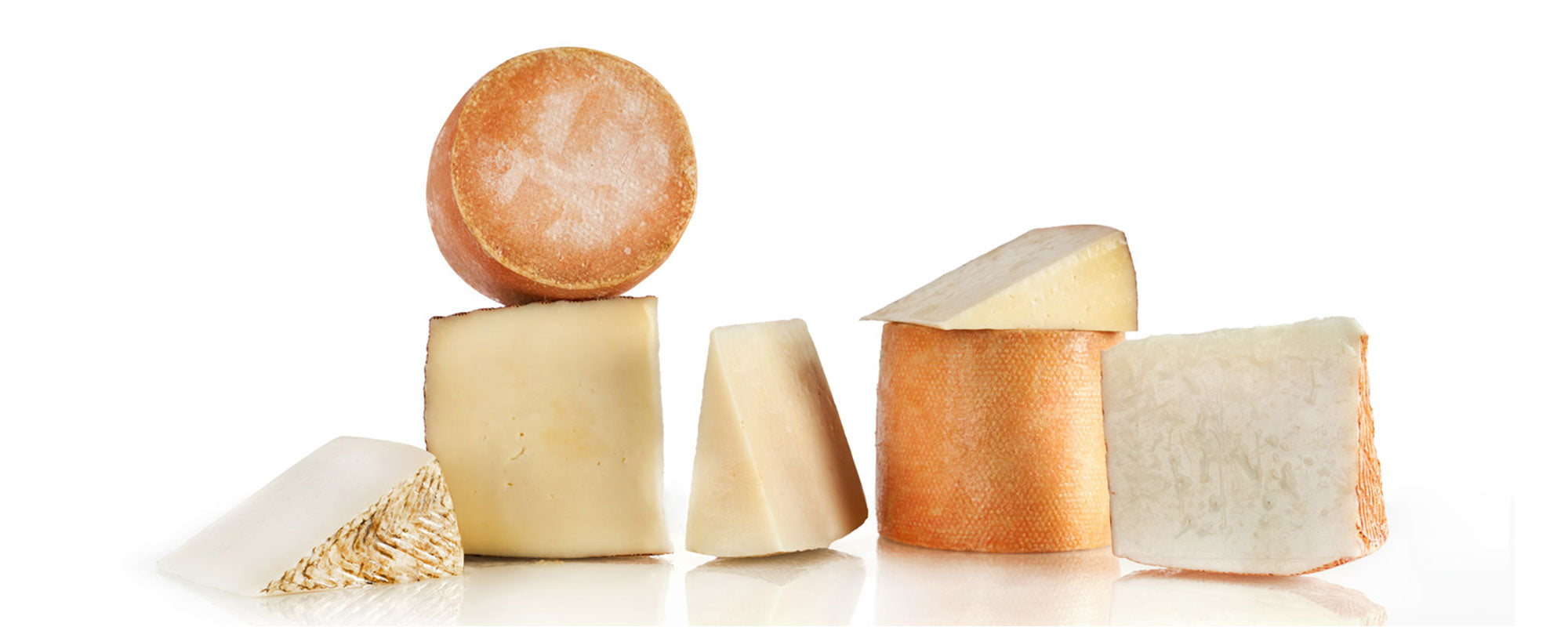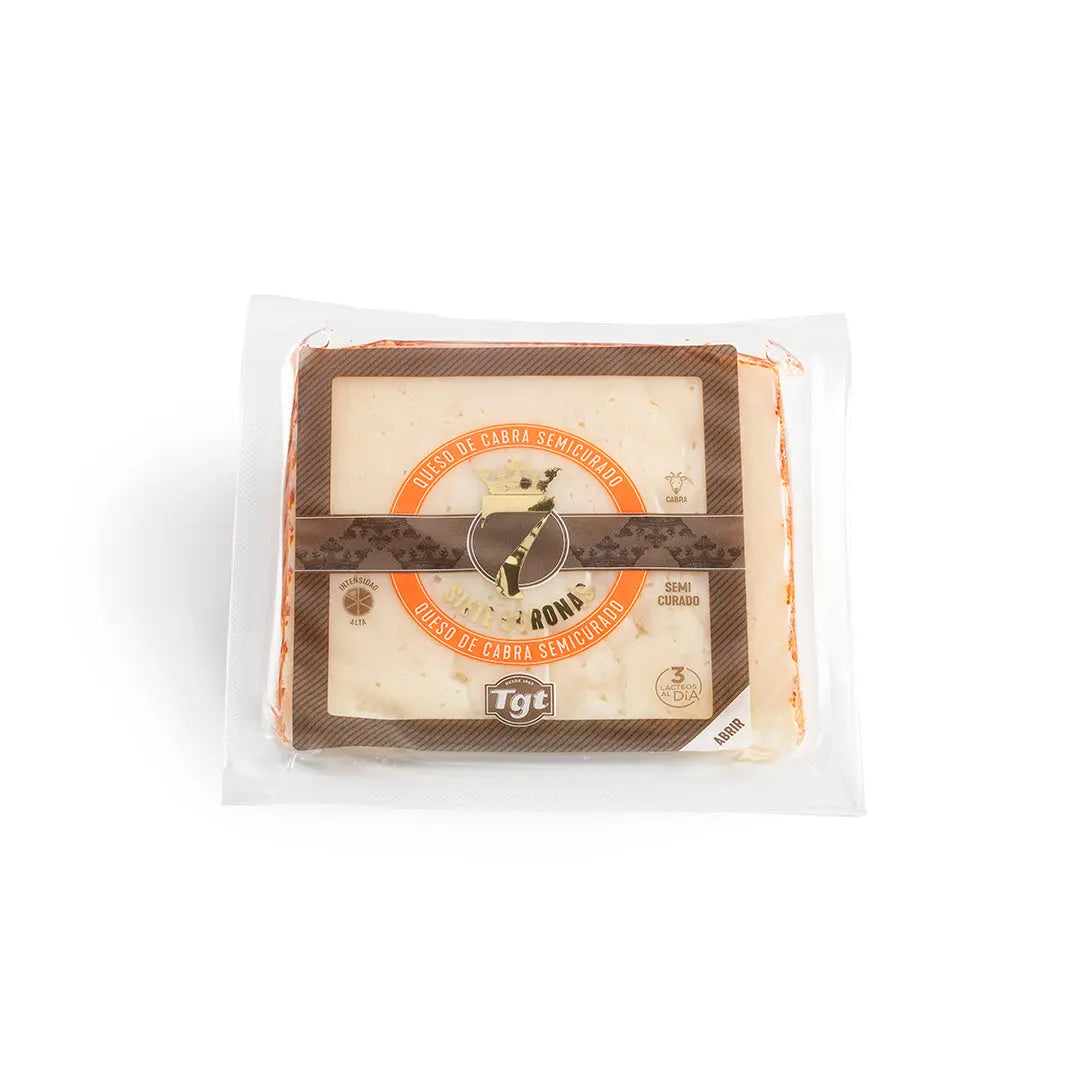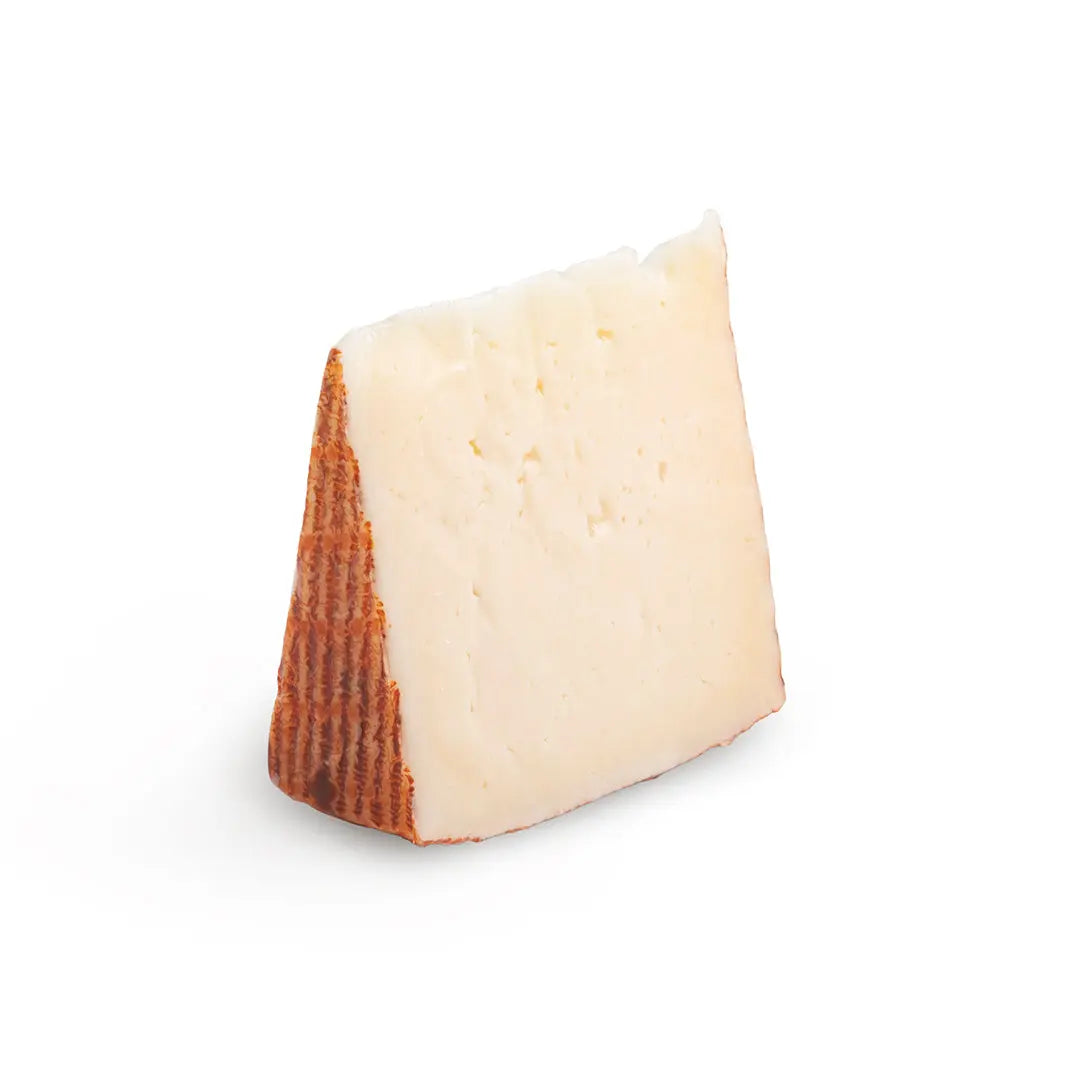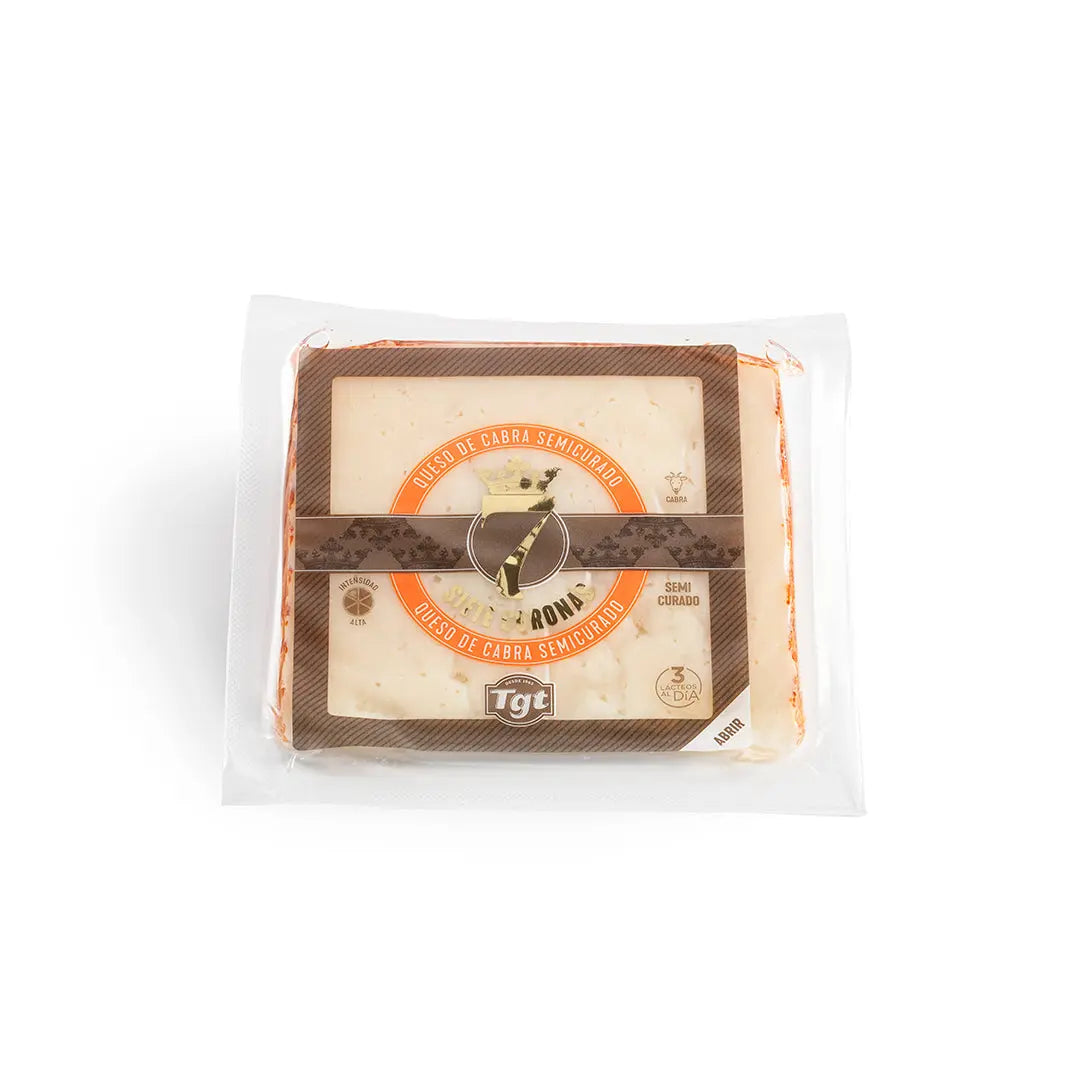8 products
-

 Tête de Moine AOP - Swiss cheeseTête de Moine AOP - Swiss cheese
Tête de Moine AOP - Swiss cheeseTête de Moine AOP - Swiss cheese- Regular price
-
47,95 € - Regular price
-
- Sale price
-
47,95 €
Quick view
-
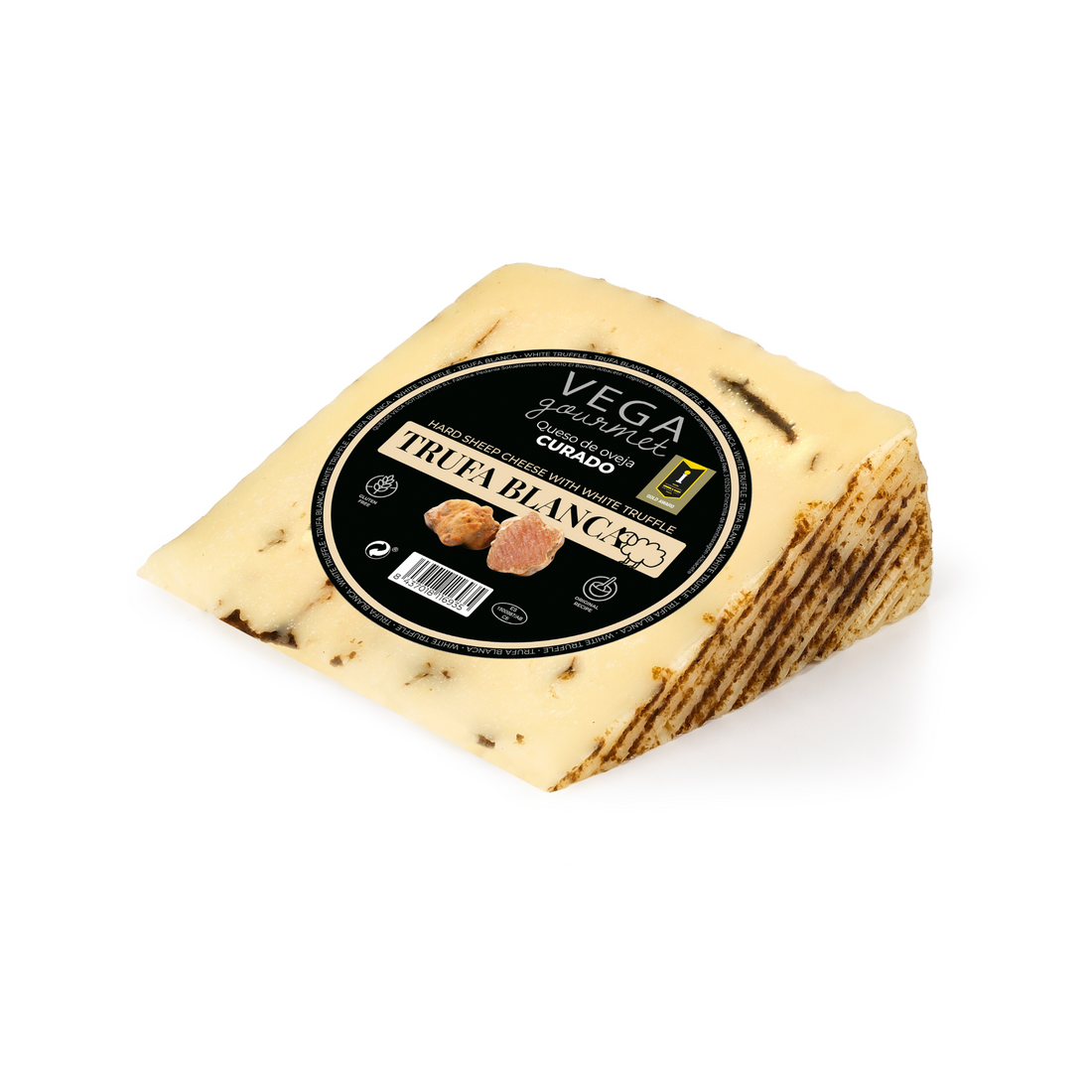
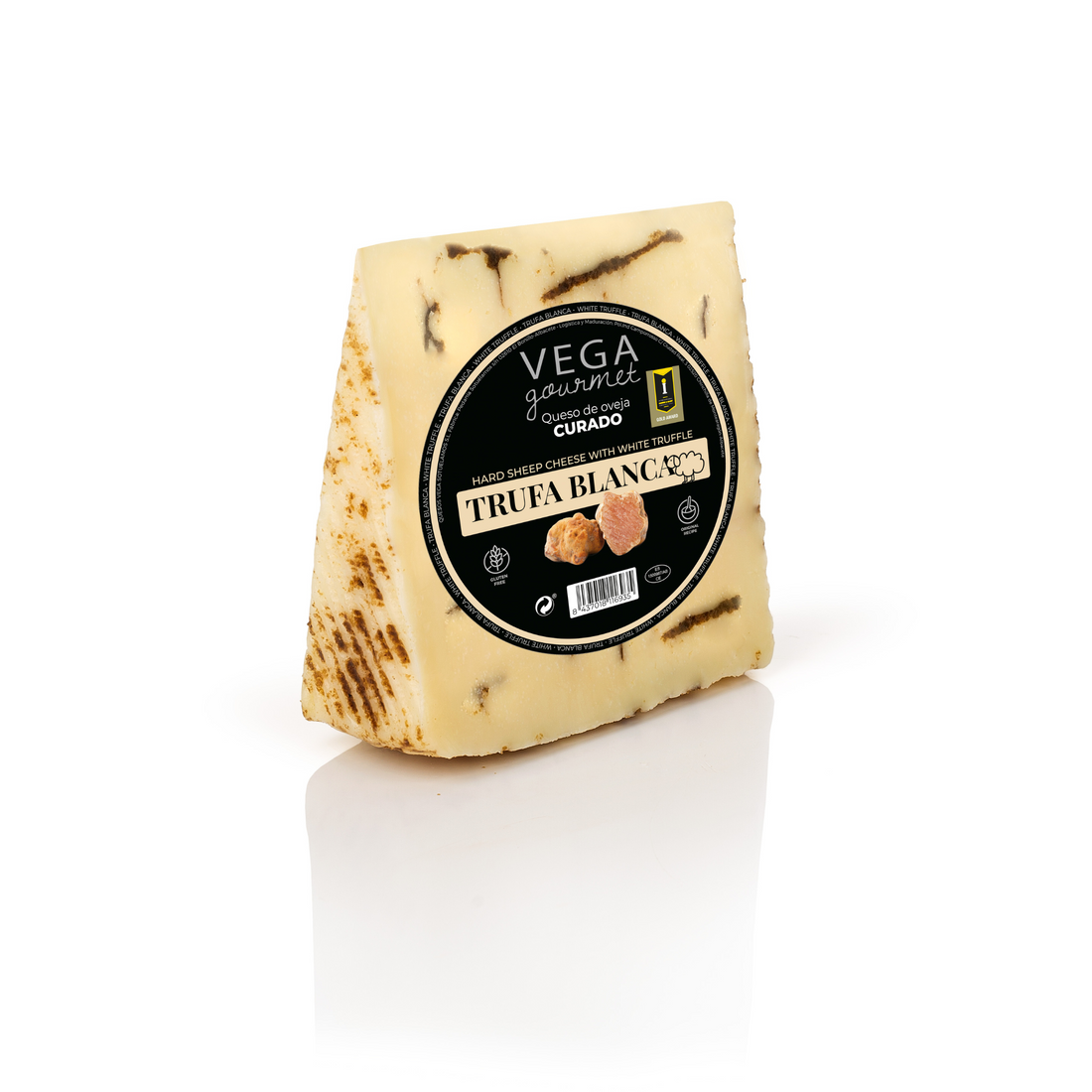 Cured Sheep Cheese - White Truffle FlavourCured Sheep Cheese - White Truffle Flavour
Cured Sheep Cheese - White Truffle FlavourCured Sheep Cheese - White Truffle Flavour- Regular price
-
7,82 € - Regular price
-
- Sale price
-
7,82 €
Quick view
-
 Queso oveja curado Vega cuña 220 gr.Queso oveja curado Vega cuña 220 gr.
Queso oveja curado Vega cuña 220 gr.Queso oveja curado Vega cuña 220 gr.- Regular price
-
7,03 € - Regular price
-
- Sale price
-
7,03 €
Quick view
-
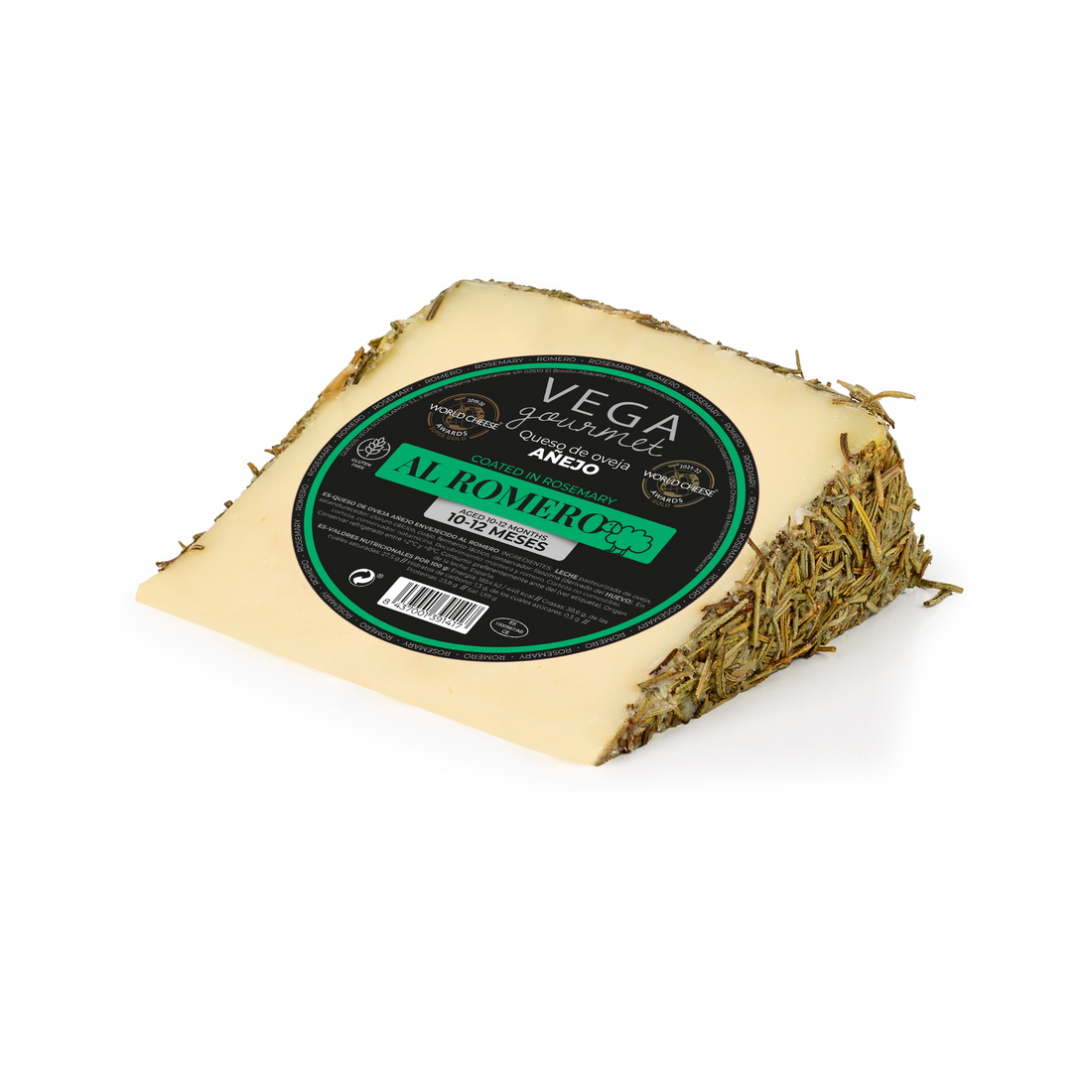
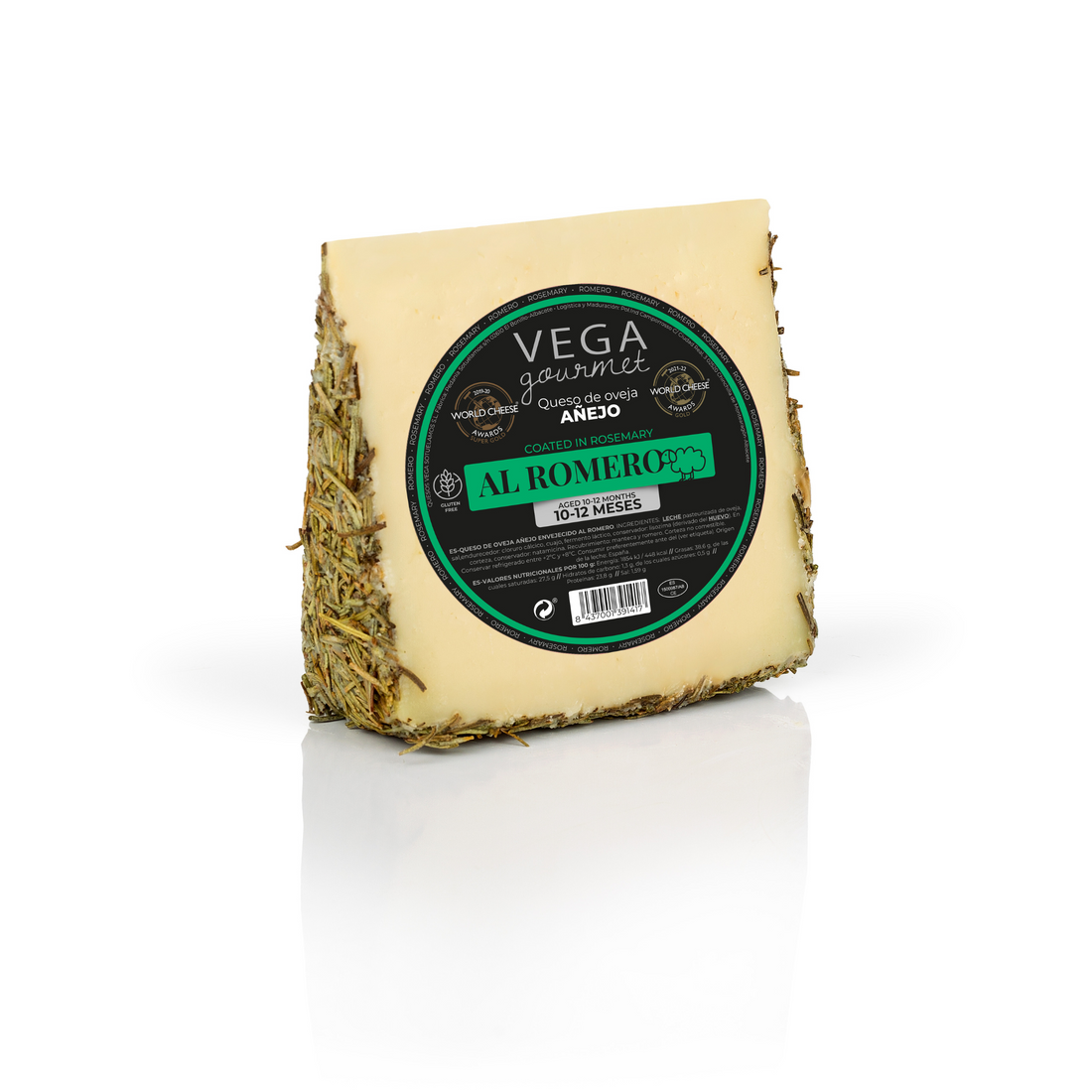 Cured Sheep Cheese - Rosemary FlavourCured Sheep Cheese - Rosemary Flavour
Cured Sheep Cheese - Rosemary FlavourCured Sheep Cheese - Rosemary Flavour- Regular price
-
6,83 € - Regular price
-
- Sale price
-
6,83 €
Quick view
-
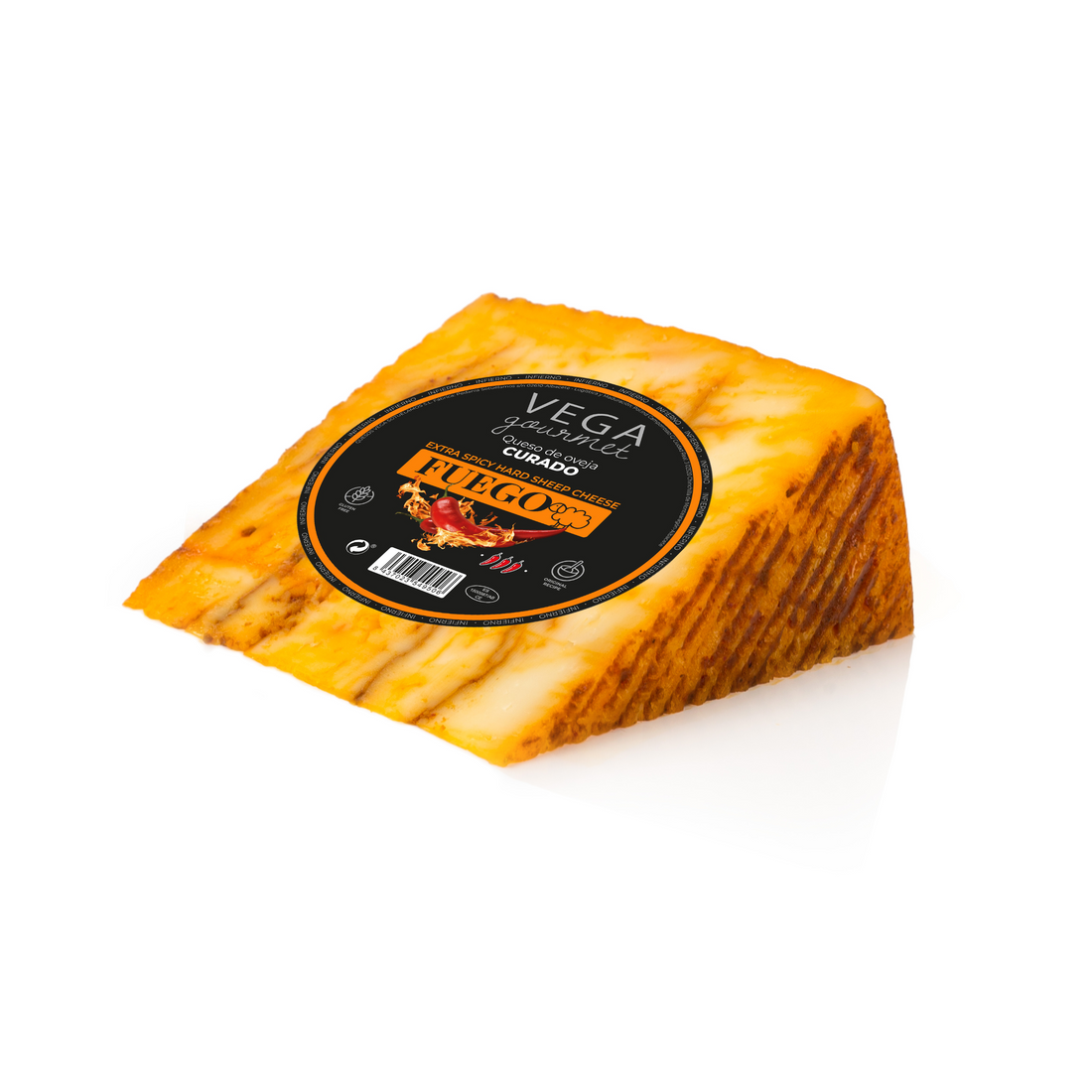
 Cured Sheep Cheese - Mojo Picón Extra Fuego FlavourCured Sheep Cheese - Mojo Picón Extra Fuego Flavour
Cured Sheep Cheese - Mojo Picón Extra Fuego FlavourCured Sheep Cheese - Mojo Picón Extra Fuego Flavour- Regular price
-
6,83 € - Regular price
-
- Sale price
-
6,83 €
Quick view
-
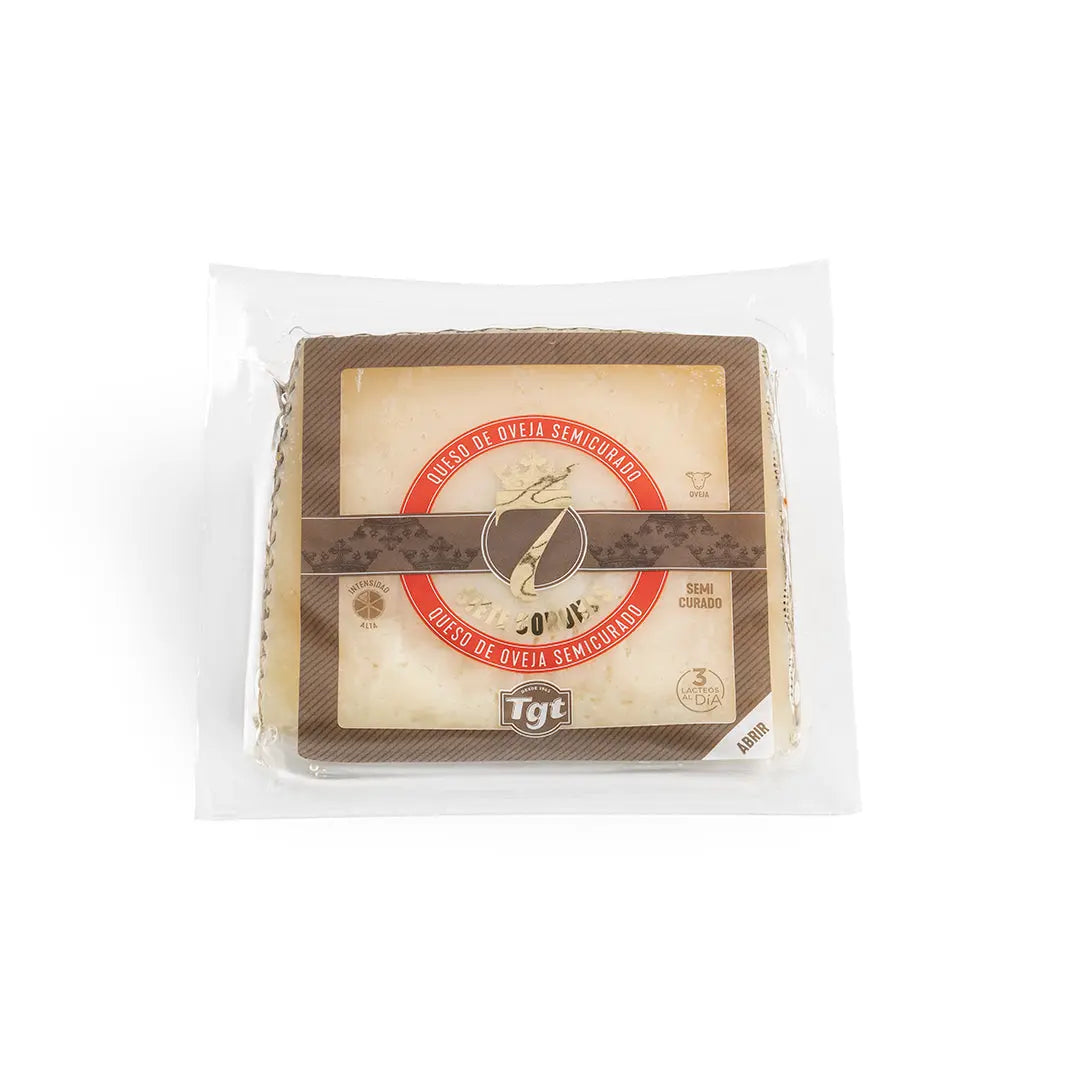
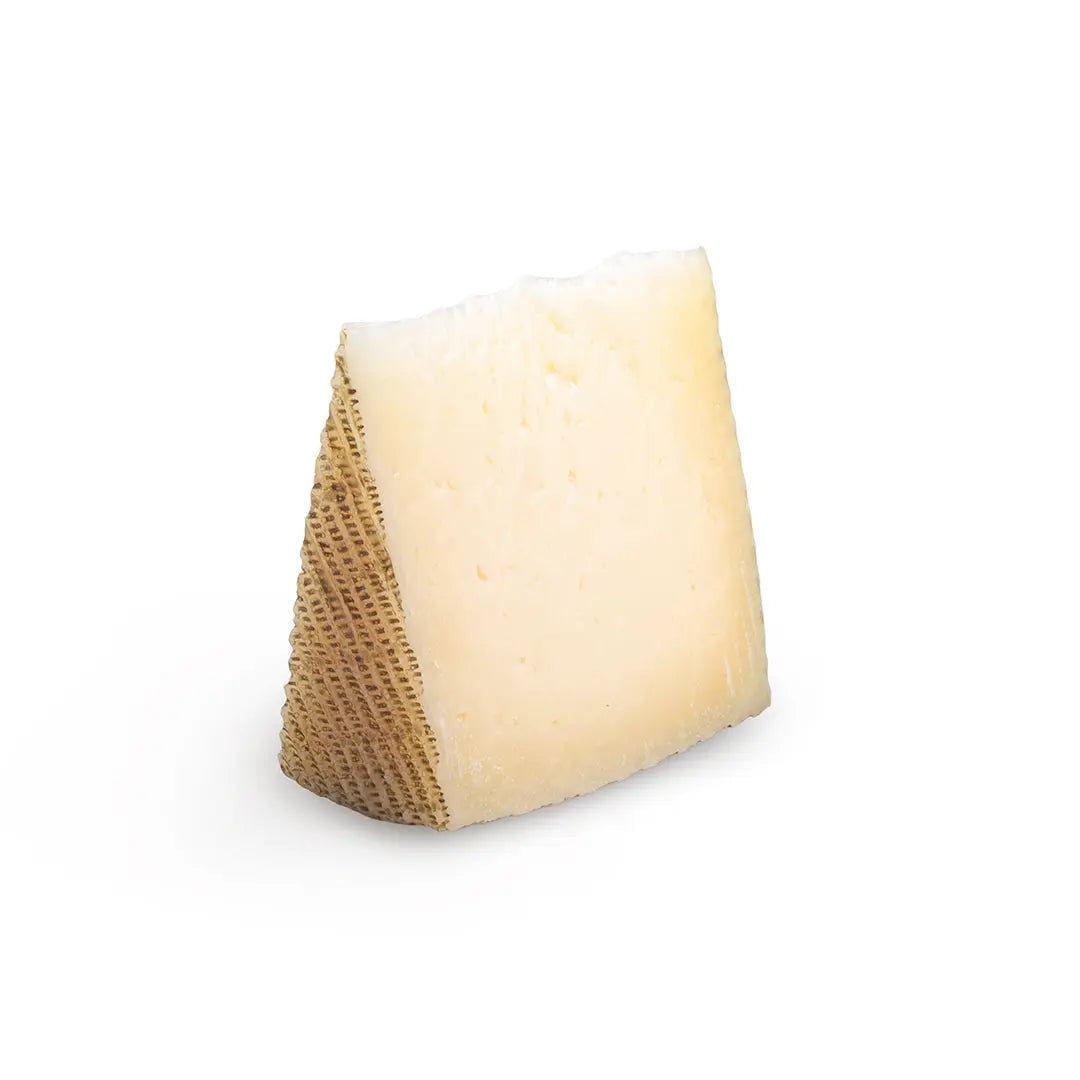 Semi-cured manchego sheep cheese wedgeSemi-cured manchego sheep cheese wedge
Semi-cured manchego sheep cheese wedgeSemi-cured manchego sheep cheese wedge- Regular price
-
14,45 € - Regular price
-
- Sale price
-
14,45 €
Quick view
-
 Queso mezcla semicurado Vega cuña 220 gr.Queso mezcla semicurado Vega cuña 220 gr.
Queso mezcla semicurado Vega cuña 220 gr.Queso mezcla semicurado Vega cuña 220 gr.- Regular price
-
5,65 € - Regular price
-
- Sale price
-
5,65 €
Quick view
Spain has a great cheese heritage. With over 26 Denominations of Origin (D.O), we can affirm that there is no region in Spain where cheese is not produced, and some of them are known to be among the best in the world. So, when buying Spanish cheese, we are indirectly referring to more than a hundred cheeses, all linked to different geographical areas.
FREQUENT QUESTIONS
HOW TO PRESERVE CHEESE?
It is best to always keep it in the refrigerator, especially in summer or when temperatures fluctuate greatly. As soon as it comes out of the vacuum packaging, we have to store it again in plastic wrap in the refrigerator.
WHAT TYPE OF MILK CAN YOU MAKE CHEESE FROM?
Practically all of the most common ones. Cow, sheep, goat and even donkey. There is a very wide variety of cheeses that use the mixture of more than one milk, depending on the cheese, its demand in the market and the production process.
Currently, the most consumed and widespread cheeses are blended cheeses
WHAT DOES PASTEURIZED CHEESE MEAN?
Pasteurization is a heat treatment in which the milk is heated to 72ºC for a few seconds, to reduce bacteria and other microorganisms that can spoil the cheese during its production, or turn it into an unsafe product for consumption.
There are varieties of cheese made exclusively with raw milk, and during their manufacture they are not subjected to any thermal or physical process to eliminate bacteria.
In this case, the microorganisms present in the milk remain unchanged and pass into the cheese, which requires exhaustive controls on hygiene and the production process.
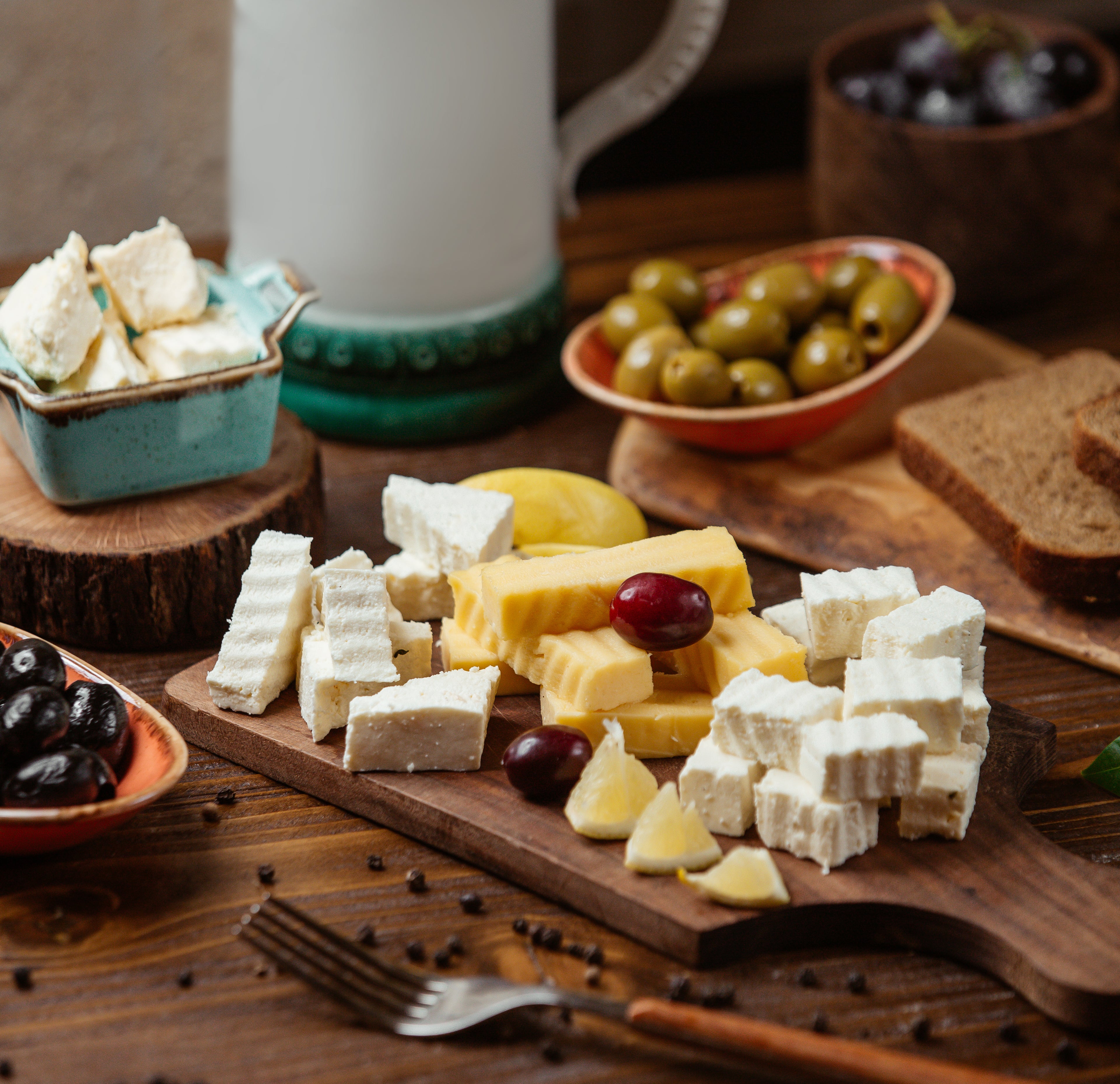
CHEESE PRODUCING AREAS
The great wealth of varieties arises from the different conditions of orography, soil, climate and the predominant livestock in each area of Spanish geography. For example, while in Galicia cheeses are predominantly made with cow's milk, in Castilla they are made with sheep's milk, but on the other hand in Andalusia or the Canary Islands, the production is mainly with goat's milk.
DO cheeses are so because they are endorsed by the Regulatory Council of the Denomination of Origin corresponding to each area. However, there are many other cheeses without this quality seal but that are equally excellent and artisanal.
Let's talk about some of the most notable ones:
Cabrales Cheese (Cabrales, Asturias), with DO
One of the most valued blue cheeses in Spain, with an intense, persistent and slightly spicy flavor. With whole, clean milk, without any type of preservative and balance in fat and protein, but each mixture is different from another made by another producer, hence it is considered a “signature” cheese.
Tetilla cheese (Galicia), with DO
It is a symbol of Galicia, it is called the nipple because of its shape. It has a mild flavor and creamy texture, the result of its preparation with pasteurized milk from Galician cows and with a minimum maturation of 7 days.
Idiazábal Cheese (Basque Country and Navarra) with DO
A cheese made in Euskal Herria and made with sheep's milk. Made with raw milk without any mixture, unpasteurized and with rennet of natural origin. The result is an intense, balanced cheese with a spicy touch, and when smoked it appears drier in the mouth.
Manchego cheese (Castilla-La Mancha), with DO
This cheese is known worldwide especially for the many references that Cervantes makes about it through Don Quixote and Sancho Panza and for being present on any Spanish cheese shelf in international supermarkets. It is, if not the oldest in its production, one of the oldest since archaeological remains from the Bronze Age have been found that show the production of this cheese. There are many variants of this cheese that come from the La Mancha Region and that are not within the DO but are equally of great quality.
There are highly cured, cured, semi-cured and tender types, a cheese made with sheep's milk, with a slightly acidic, strong and very tasty flavor, with a spicy touch, especially in the highly cured ones
Torta del Casar (Cáceres, Extremadura)
It is one of the Spanish cheeses that in recent years has garnered more worldwide fame. Its creamy appearance has made it a gourmet product. It follows a production process similar to the rest, since after milking the sheep, the milk is coagulated using sap and the crushed seeds of the wild thistle. Once the rennet is cut, it is molded, pressed and salted. Its maturation is at least two months according to the DO. The result is a creamy cheese with a semi-hard rind, with acidic, spicy nuances and a white to ivory color. The paste ranges from soft to spreadable.
Mahón Cheese (Menorca, Balearic Islands)
Made exclusively with milk from Menorca cows through a method of ancient tradition. It is made of pressed pasta and is made with a very peculiar and intense flavor that has made it one of the most valued in Spain.
THE CHEESES OF ENRIQUE TOMÁS
Enrique Tomás has different types of cheeses in its stores, including those mentioned above, each store has a small to a large variety depending on its location and geographical area and of course size.
In our online store you will find the best-selling wedge-shaped cured and semi-cured cheeses:
-

Gran Reserva cured sheep cheese
An authentic cured sheep's cheese with more than six months of curing, that is what you can find in this wedge full of flavor and tradition. Enrique Tomás' matured sheep's cheese contains less than 50% fat and an intense and defined taste accompanied by a unique aroma. Ideal for cutting and tasting at a temperature close to 20ºC, the perfect complement to your cheese board with a good wine.
-
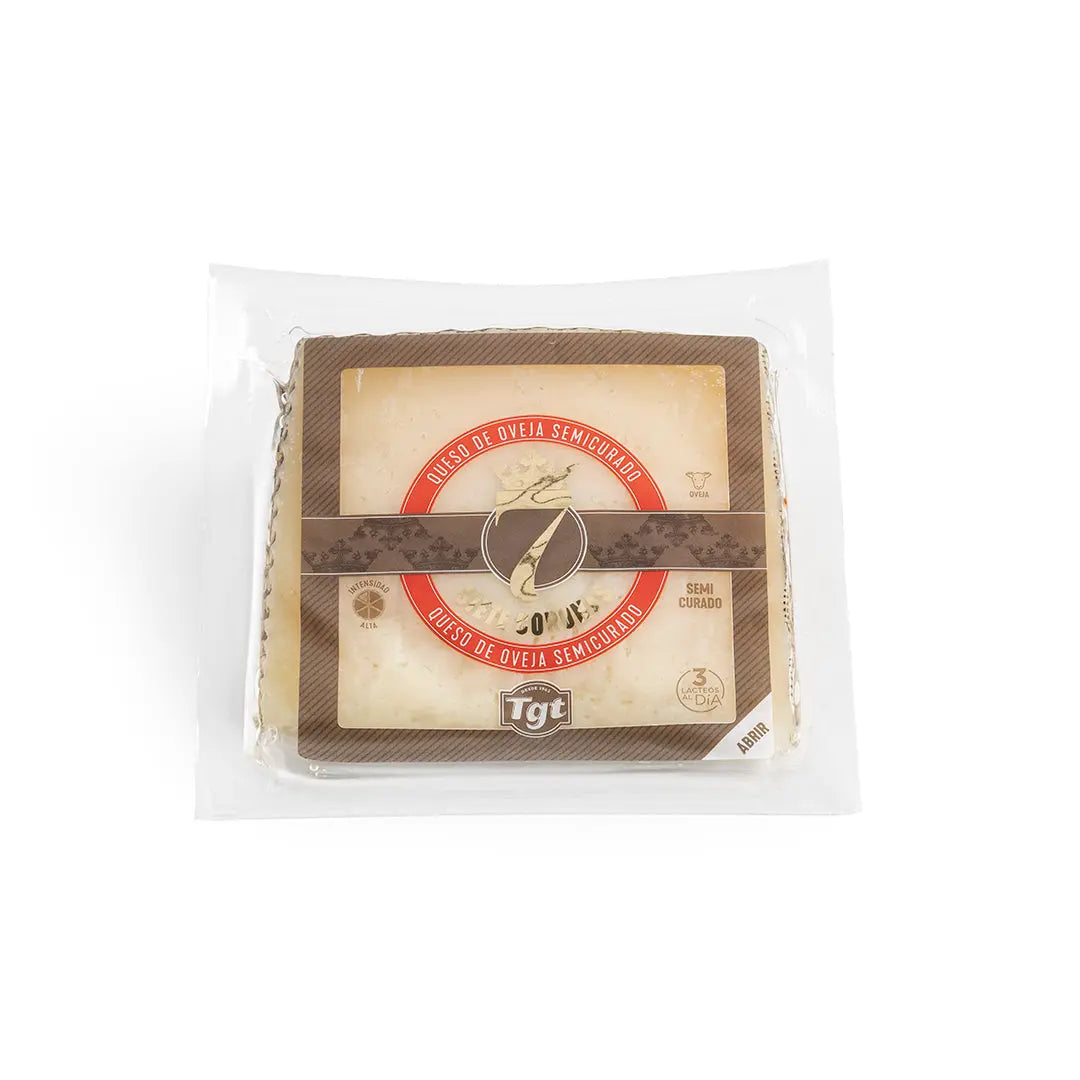
Semi-cured Sheep Cheese
Matured sheep's cheese with less than 50% fat and cured between 90 and 120 days. In this wonderful semi-cured cheese you will find a perfect balance of flavor to enjoy with wine and other delicatessen. Pure sheep's cheese cannot be missing from your cured cheese board at snack time.
-
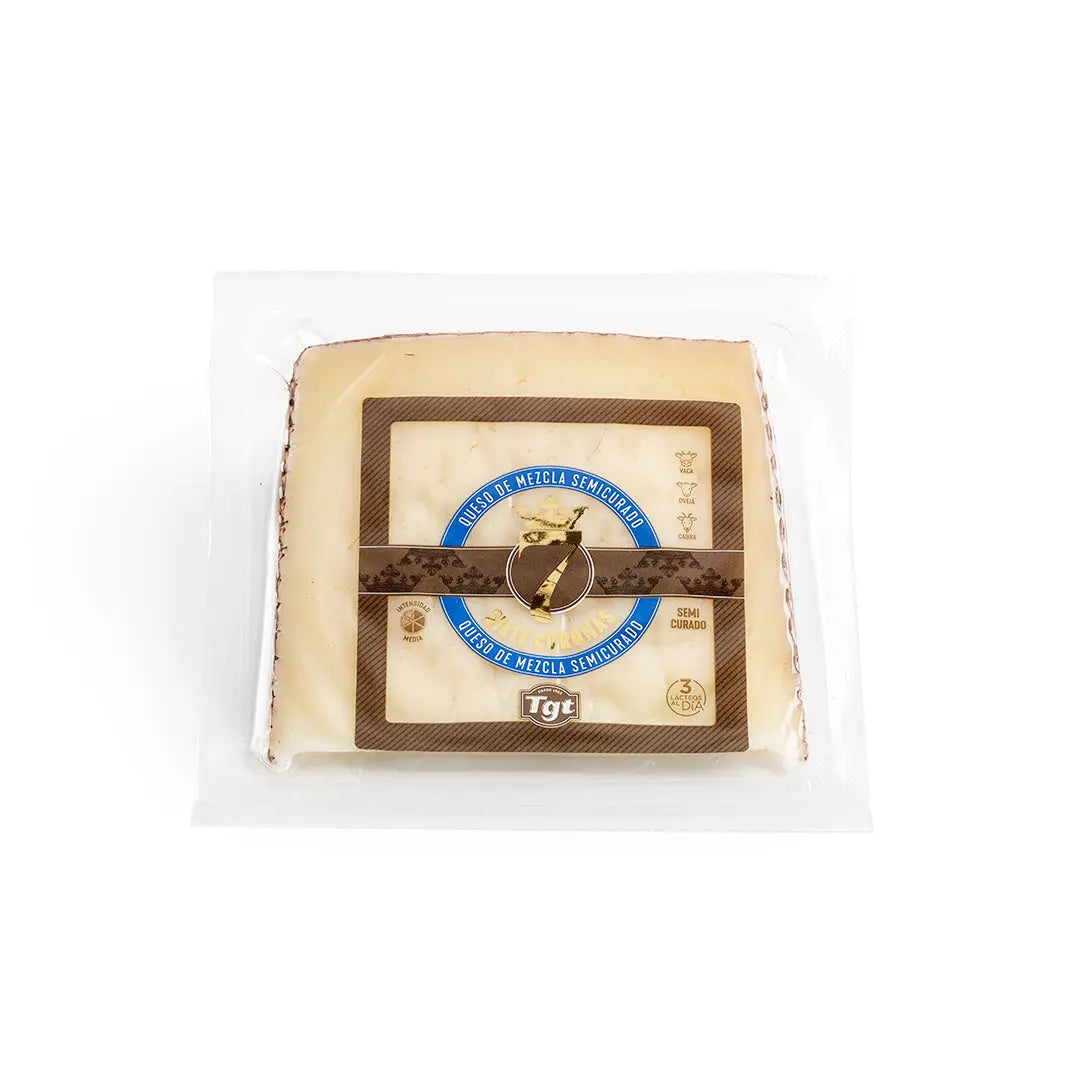
Semi-cured Cow Goat Sheep Cheese
If you like cheese as much as we do, you can't miss trying this wonderful semi-cured cheese, made from three different milks: cow, goat and sheep. In this wedge you will find less than 52% fat and a cure of between 60 and 90 days, which gives it the title of semi-cured and with which you can enjoy the best flavor and the benefits of its three main ingredients.
-
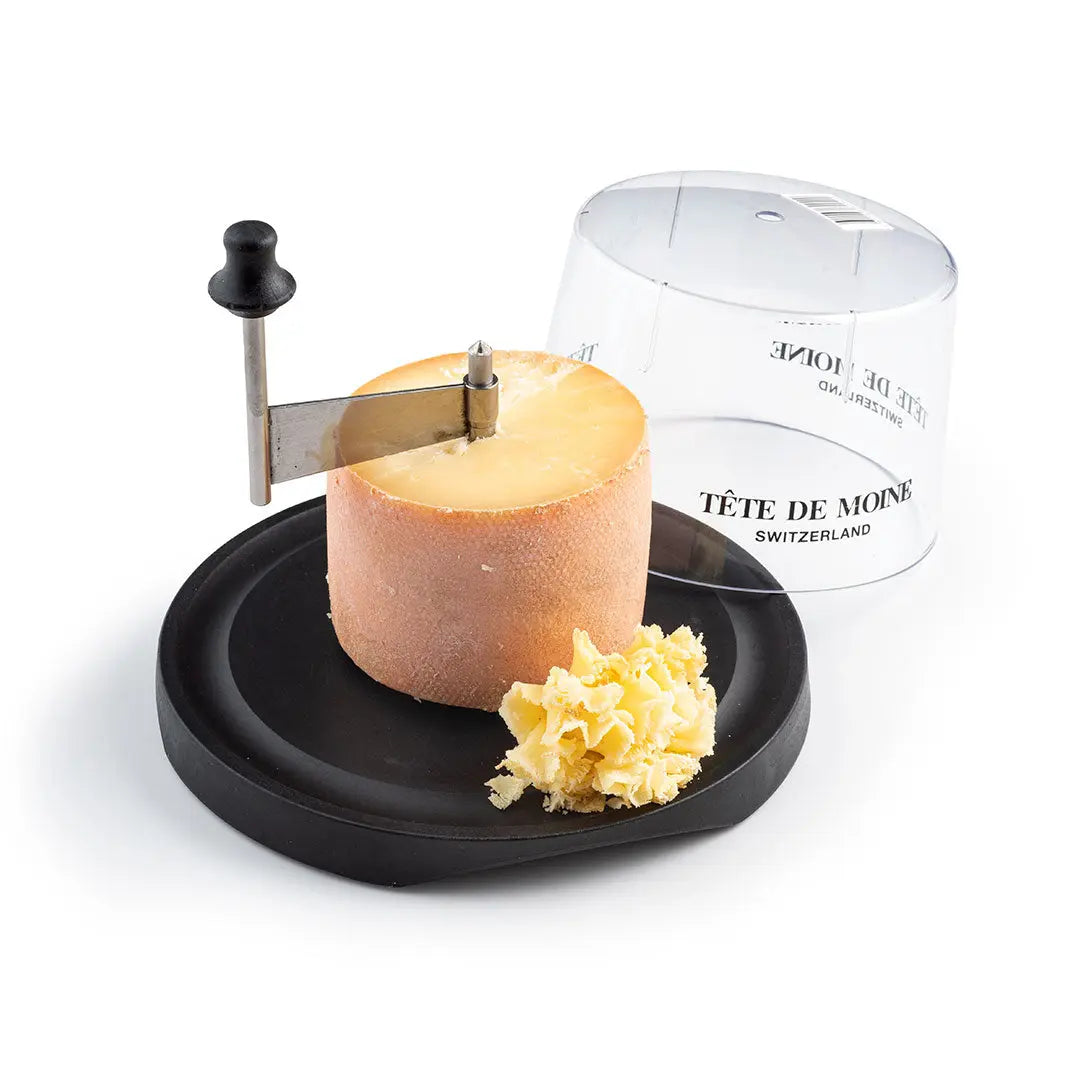
Cured sheep cheese
An authentic cured sheep's cheese with more than six months of curing, that is what you can find in this wedge full of flavor and tradition. Enrique Tomás' matured sheep's cheese contains less than 50% fat and an intense and defined taste accompanied by a unique aroma. Ideal for cutting and tasting at a temperature close to 20ºC, the perfect complement to your cheese board with a good wine.


